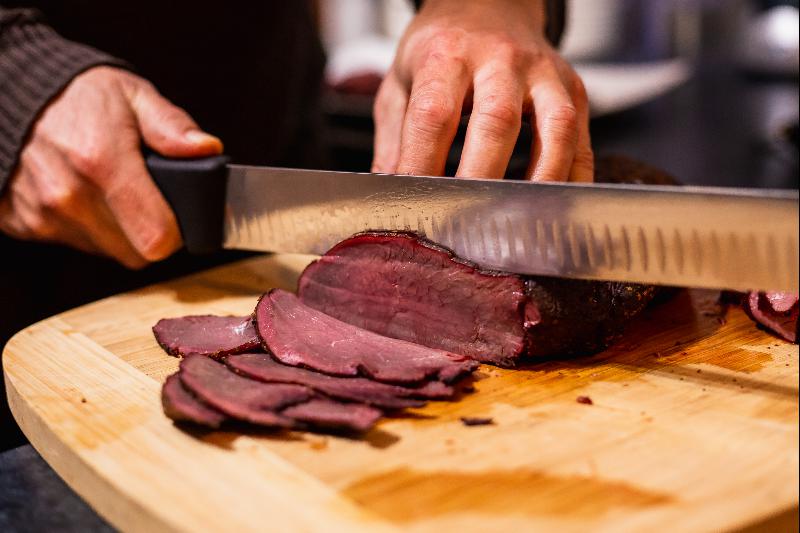Hot Smoking
Hot smoking has its variations – it’s always a ready-to-eat end result. Since cook and smoking is the main aspect of the craft recipe. Generally, indirect heat and smoke are used at lower cooking temperatures. This is the main way moisture is retained in the meat whilst cooking. direct heat portable hot smoking is where the heat source is close to the food/meat being cooked. Curing for hot smoked meat is often for holding the moisture on the surface of the meat whilst cooking/smoking.
Low and Slow Smoking is a modern form of indirect hot smoking. It does not include a salt curing stage. Seasoning (rub) is applied to the outside of the meat prior to the low temperature cooking/hot smoking. Large amounts of fat are often needed for this style to moisten, render and flavor the meat.
Base Knowledge

Hot Smoking Equipment

Here are some questions often asked about exploring this new culinary craft and hobby
